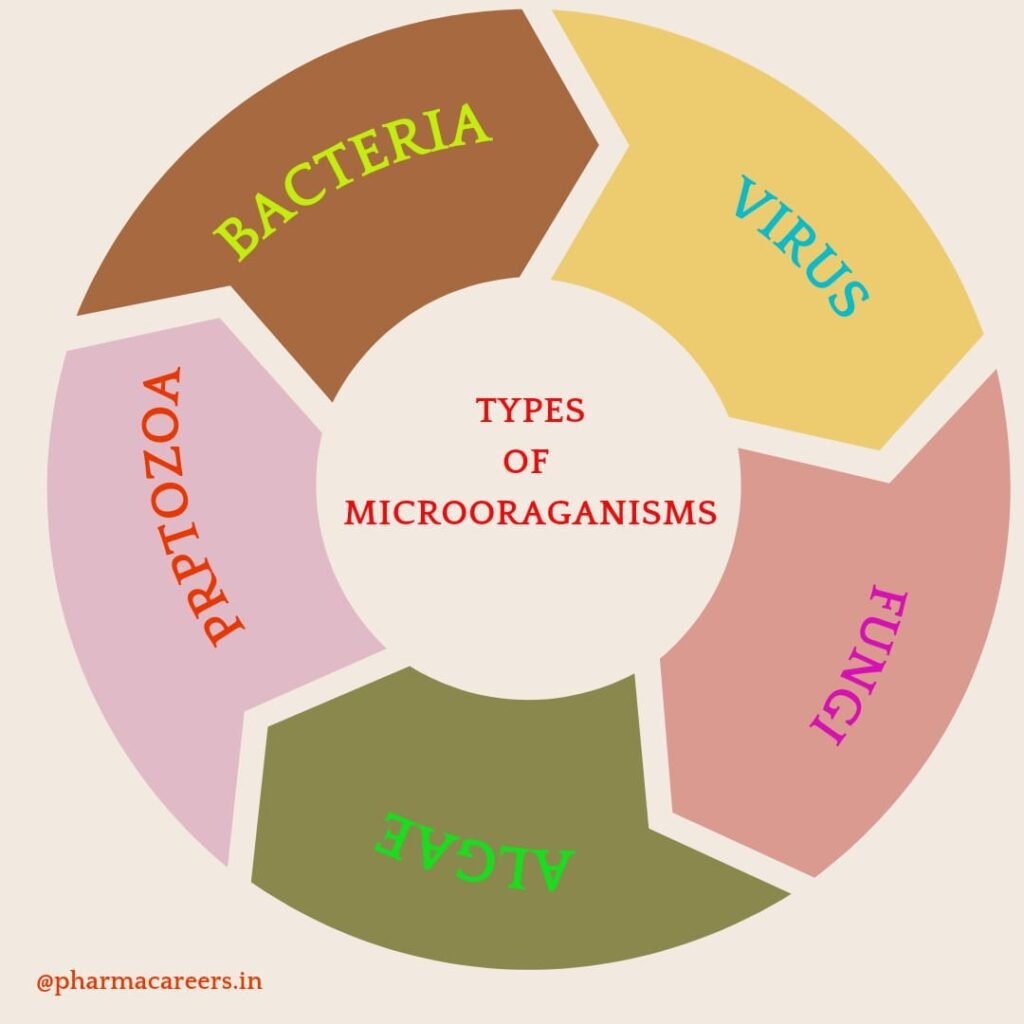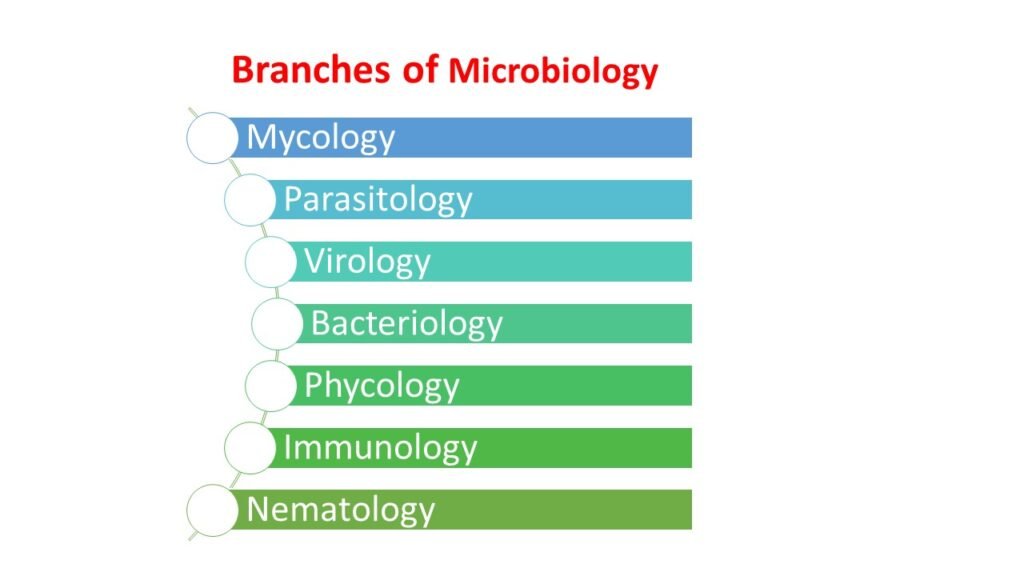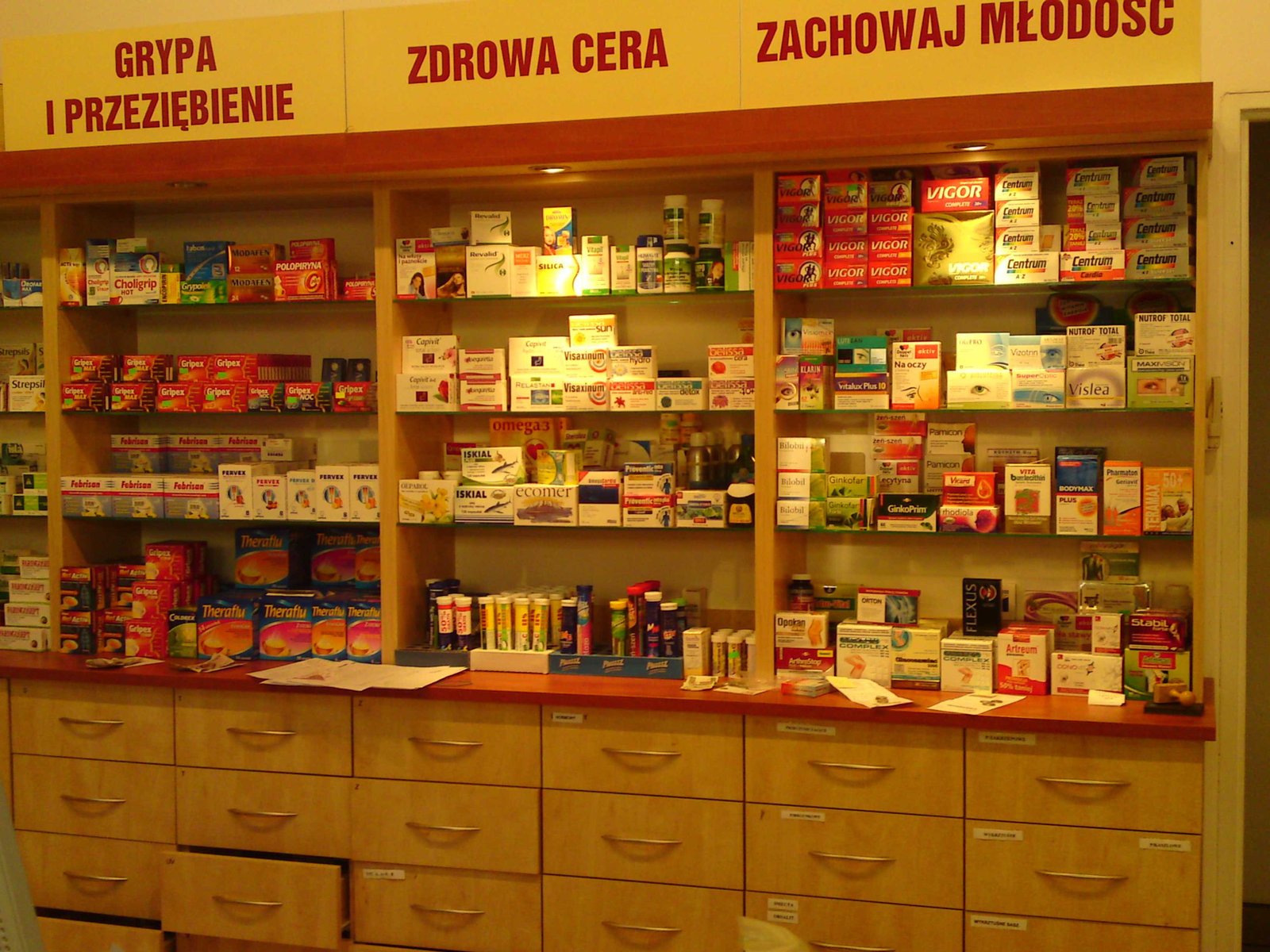What is microbiology?
Microbiology is the branch of science which deals with study of microorganisms, which are invisible to naked eyes. It studies the function, structure and economic importance of living organisms. Some microbes are helpful to human beings and some are harmful. Study of microbes plays an important role in medical sector to analyse the diseases caused by microorganisms. It helps in diagnosis and treatment of disease.
In this article well see the history, various types of microbes, branches of microbiology and scope of microbiology.
History of microbiology
The field of microbiology is developed and gained importance after the discovery of microscope. The microscope was invented in the 17th century. The inventor of microscope is unknown but Anton van leeuwenhoek gives significant contribution in the development of microscope.
We will discuss about various scientists who has given contribution in the field of microbiology.
Robert Hooke (1635-1703)
Hooke discovered the cell structure (honeycomb like structure) in the cork section for the first time. The word “cell” first time coined by Robert Hooke.
Anton van leeuwenhoek (1632-1723)
Anton van leeuwenhoek, a Dutch scientist is recognised as father of microbiology. he discovered bacteria and protozoa. Leeuwenhoek have made over 500 lenses of microscopes, which gives magnification power ranging from 50x to 300x.
Louis Pasteur (1822-1895)
Louis Pasteur was a French chemist and microbiologist, who developed modern germ theory. He proved that food spoiled because of contamination by invisible bacteria and not because of spontaneous generation (abiogenesis). He originated the process of pasteurization. He also developed vaccine against Anthrax and Rabies.
John Tyndall (1820-1893)
John Tyndall developed the fractional sterilization method called as Tyndallization. It is form of sterilization which involves boiling the material to be sterilize in closed jars at 100oC, for 15-20 minutes a day for continues three days.
Robert Koch (1843-1910)
He is known as the father of practical bacteriology. He discovered and described Tuberculosis bacterium in the year 1882 and was awarded Nobel prize in medicine in 1905.
Edward Jenner (1749-1823)
Edward Jenner, English physician and scientist pioneered the concept of vaccines and immunology. He created the vaccine for smallpox. It is the first vaccine of world. Edward Jenner often referred as the father of immunology.
Joseph Lister (1827-1912)
Joseph lister, British surgeon and medical scientist is the founder of Antiseptic medicine and a pioneer in preventive medicine. He is known as the father of Antiseptic surgery.
Dimitri Iwanowsky (1864-1920)
Dimitri Iwanowsky, Russian Botanist and microbiologist. He is co-discoverer of viruses and one of the founders of virology. He observed first virus in Tobacco leaf extract.
Alexander Flemming (1881-1955)
Alexander Flemming was a Scottish physician and scientist who discovered accidently penicillin, first true antibiotic.
Paul Ehrlich (1854-1915)
Paul Ehrlich, German physician and Pharmacologist. He is recognised as father of modern chemotherapy. He developed a synthetic drug called ‘arsphenamine’ which kill the syphilis microbe in the body.
Types of Microorganisms
Microbiology involves the study of various microorganisms like viruses, bacteria, fungi, algae, protozoa.

Viruses
Viruses are infectious microorganism which survive only in living organism. The first virus, tobacco mosaic virus was discovered by Martinus Beijerinck. Now around 9000 species viruses have been found.
Viruses are smaller than the bacteria and found in various shapes and sizes. The five predominant shapes of viruses are helical, icosahedral, prolate, enveloped and complex.
Viruses are small intracellular parasites containing either DNA or RNA (mostly) surrounded by protective, virus coded protein coat. Virus can either have single stranded RNA (ssRNA), double stranded RNA (dsRNA), single stranded DNA (ssDNA) or double stranded DNA (dsDNA).
Viruses are acellular organisms that requires host cell for their multiplication. They cause several diseases in humans, animals, birds and bacteria.
Bacteria
Bacteria are tiny, single celled, free-living organisms. Bacteria are thought to have been the first organisms to appear on earth, about 4 billion years ago. They are present in the diverse habitats, soil, underwater, earth crust, extreme conditions like acidic hot springs and radioactive wastes.
Bacteria are unicellular and microscopic organisms. They are available in wide range of shapes and sizes. The most common of them are spherical shaped, rod shaped, spiral shaped.
Bacterial cells are surrounded by cell wall, with plasma membrane on the inside. The bacterial cell wall is composed of peptidoglycan. Depend on the thickness of peptidoglycan layer bacteria are classified into two groups, Gram-positive bacteria and Gram-negative bacteria.
Read more about Ultrastructure of Bacteria and Its Morphological Classification
Fungi
Fungi are complex multicellular eukaryotes, except yeast (unicellular). They primarily found in land, soil or plant material. Some are found in extreme environments like deserts and deep-sea sedimentations. Together with bacteria fungi are responsible for breaking down of organic matter and releasing carbon, oxygen, nitrogen and phosphorous.
Typical fungus consists of long thread like structure called hyphae and these hyphae together form mesh like structure called mycelium. The cell wall of fungi is made up of chitin and polysaccharides. Fungi classified by two ways, based on mode of nutrition and based on spore formation.
Based on mode of nutrition
- Saprophytic: Rhizopus, penicillium.
- Parasitic: Taphrina, Puccinia.
- Symbiotic: Lichens, Mycorrhiza.
Based on spore formation
- Zygomycetes: Mucor
- Ascomycetus: Saccharomyces
- Basidiomycetes: Agaricus
- Deuteromycets: Trichoderma
Algae
Algae are defined as group of predominantly aquatic, photosynthetic, nucleus bearing organisms that do not contain true roots, stems, leaves and multicellular reproductive structure of plant. Most algae are autotrophic. Depending on the pigment’s algae are classified into three groups.
- Red algae (Rhodophytes)
- Green algae (Chlorophytes)
- Brown algae (Phaeophytes)
Some algae species lives in symbiotic relationship with other organisms. In this host derives its nutritional requirements from algae in return algae provides protection to them.
Protozoa
Protozoa are single celled eukaryotic, heterotrophic organisms. They either live freely or as parasites. Protozoa are found in aquatic environment and soil. Protozoa are lack of cell wall. They possess flagella and cilia that helps them to move in the water. They can reproduce by both sexual or asexual means. They are classified into four groups.
- Flagellated protozoans (mastigophora): Tripanosoma
- Amiboids (sarcodina): Amoeba
- Sporozoans: Plasmodium, Myxidium
- Ciliated protozoans (ciliophora):
Branches of microbiology
For the easy study of microorganisms, microbiology is divided into several branches as follows,
Mycology: It is the study of fungi which includes various properties of fungi like their taxonomy, molecular studies, genetic studies, biochemical properties.
Parasitology: It is the study of parasites, parasitic diseases, their biology, physiology, biochemistry, ecology, evolution and their responses to their hosts.
Virology: It is the study of viruses and virus like agents. It includes their taxonomy, evolution, disease producing properties, cultivation and their application in research and therapy.
Bacteriology: It is a branch of microbiology that deals with the study of bacteria, which includes its morphology, ecology, genetics and biochemistry.
Phycology: It is also known as algology. Phycology deals with the scientific study of algae.
Immunology: Immunology focuses on the immune system in all organisms.
Protozoology: This branch involves the study of protozoa or single celled protists.
Nematology: It is the study of Nematodes or Round worms.

Scope of microbiology
Microbiology is one of the most important and effective sub-sectors of biology. Development of microbiology in various fields such as medicine, pharmacy, clinical research, dairy industry, agriculture and chemical technology has been evaluated throughout the years. Some of the scopes of microbiology are explained below.
Agriculture: Microorganisms help plants to fix nitrogen from soil. Some microorganisms used as biofertilizers which helps to get better and higher crop yield. Microorganisms help to breakdown complex compounds into simpler forms in soil.
Biotechnology and genetic engineering: Microbiology helps to understand the working mechanism and characteristics of microorganisms. It allows scientist to develop new medicinal compounds.
Production: Microorganisms are used in various productions such as dairy, medicine, chemical, food, agriculture.
Disease treatment: Several deadly medical conditions can be treated by study of various microorganisms. For example, in the development of antibiotics and vaccines.
Keeping planet healthy: Microbes play an important role in recycling minerals, keeping environment oxygenated and actively degrading organic matter.
Conclusion
Microbiology is the branch of science which deals with study of microorganisms, which are invisible to naked eyes. It studies the function, structure and economic importance of living organisms. A better understanding of microbes has a significant role in medical sector. By utilizing the knowledge, one can better understand disease causative agents, possible diagnosis and treatment approaches. Microbiology used in food industry to prevent the spread of bacteria and viruses from food to humans. There is a high scope in the microbiology to improve quality of life.
Frequently ask questions
Who coined the term cell?
The term cell coined by scientist Robert Hooke.
Who discovered bacteria and protozoa?
The first bacteria and protozoa discovered by Anton van Leeuwenhoek.
Who is the father of immunology?
Edward Jenner is the father of immunology.
Who is the father of microbiology?
Anton van Leeuwenhoek is the father of microbiology.
Who is the father of antiseptic surgery?
Joseph Lister is the father of antiseptic surgery.
For more regular updates you can visit our social media accounts,
Instagram: Follow us
Facebook: Follow us
WhatsApp: Join us
Telegram: Join us





